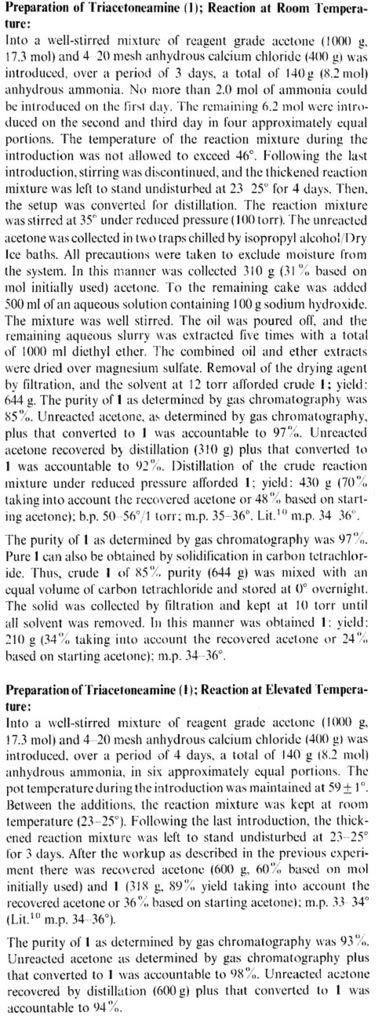




 ) is pretty annoying,
especially when using solid subsitued BnOH's, seperating the two aren(t that easy wihtout bisulfite adduct formation. A few recrystallizations might
do the trick.
) is pretty annoying,
especially when using solid subsitued BnOH's, seperating the two aren(t that easy wihtout bisulfite adduct formation. A few recrystallizations might
do the trick. ) because I have then on
hand. If the reaction give correct yields without byproducts, even if uncomplete, I think we can safely say it's a valid protocole, necessitating some
recylcing in order to avoid waste of substrates. I will still send a few samples to GC/MS to see if any chlorinated product are present, as they could
possibly be hard to differentiate with TLC.
) because I have then on
hand. If the reaction give correct yields without byproducts, even if uncomplete, I think we can safely say it's a valid protocole, necessitating some
recylcing in order to avoid waste of substrates. I will still send a few samples to GC/MS to see if any chlorinated product are present, as they could
possibly be hard to differentiate with TLC.



 <sub>2</sub>S<sub>2</sub>O<sub>8</sub>. I myself have never tried the reaction, but have been planning to try it
out when I get the chance. The reason for my enthusiasm is that the mechanism is quite well established by several authors, but the patent is where
these principles are applied to practice. You may have the references if you wish so. It is easy to understand why you may not be as enthusiastic,
though. Here is what I think could have been the problem.
<sub>2</sub>S<sub>2</sub>O<sub>8</sub>. I myself have never tried the reaction, but have been planning to try it
out when I get the chance. The reason for my enthusiasm is that the mechanism is quite well established by several authors, but the patent is where
these principles are applied to practice. You may have the references if you wish so. It is easy to understand why you may not be as enthusiastic,
though. Here is what I think could have been the problem. ) or portionwise as powder. This would be a rational explanation for why these guys seem to use the sodium salt all the
time So, maybe this could be behind your troubles.
) or portionwise as powder. This would be a rational explanation for why these guys seem to use the sodium salt all the
time So, maybe this could be behind your troubles. The minor impurity is the starting substarte, wich seems to pass in very small amounts during steam distillation. The last batch, the less pur
crysatls, contained a bit more alcohol, and a very small amount of colored impurity that doesn't elute with DCM. After recrystalization, it was
impossible to differentiate between the two samples..
The minor impurity is the starting substarte, wich seems to pass in very small amounts during steam distillation. The last batch, the less pur
crysatls, contained a bit more alcohol, and a very small amount of colored impurity that doesn't elute with DCM. After recrystalization, it was
impossible to differentiate between the two samples.. If you ever want to test the limits of this
method, then 2-hydroxybenzyl alcohol, vanillyl alcohol, 3,4-dihydroxybenzyl alcohol and maybe 2,5-dihydroxybenzyl alcohol should be simple but tricky
substrates with activated rings, possibility for acid-catalyzed polymerization and also oxidation to the quinone (dihydroxylated species). Interesting
curiosities, but maybe not the most practical substrates that one would try first.
If you ever want to test the limits of this
method, then 2-hydroxybenzyl alcohol, vanillyl alcohol, 3,4-dihydroxybenzyl alcohol and maybe 2,5-dihydroxybenzyl alcohol should be simple but tricky
substrates with activated rings, possibility for acid-catalyzed polymerization and also oxidation to the quinone (dihydroxylated species). Interesting
curiosities, but maybe not the most practical substrates that one would try first.| Quote: |
| Quote: |

| Quote: |
